10 Flavorful Alternatives to Italian Seasoning
Italian seasoning is a convenient blend of herbs that lends Mediterranean flair to pasta, meats, and vegetables.
When Italian seasoning is missing, mixing individual herbs like oregano, basil, thyme, and rosemary can replicate its complex profile.
Some blends emphasize certain herbs, so customizing your substitute allows for personalized flavor balance.
These ten best Italian seasoning substitutes offer ways to maintain authentic taste with pantry staples.
Understanding each herb’s contribution helps craft blends tailored to your recipes.
These alternatives ensure your dishes retain their Italian charm even when the original mix isn’t on hand.
Explore creative seasoning blends to keep your cooking vibrant.
Substitutes for Italian Seasoning
Italian seasoning is warm and fragrant. If it’s missing, you can still layer similar flavors into your dish. It’s about combining the right herbs.
Homemade Italian Seasoning
Substituting Italian seasoning with a homemade blend can save your recipe from a mid-cooking crisis.
Most kitchens already have the necessary dried herbs like oregano, basil, thyme, sage, and rosemary hiding in the spice rack.
The magic of creating your own mix lies in the freedom to adjust proportions based on personal preference, giving dishes a customized flavor profile that store-bought blends can't match.
For those who want a reliable starting point, many cooking websites offer simple formulas that closely mimic traditional Italian seasoning.
The best part about homemade spice blends is how they stay fresh longer when stored in airtight containers away from heat and light.
Your culinary creations will thank you for taking this small extra step instead of rushing to the store.
Dried Basil and Oregano
Dried basil and oregano form the foundation of Italian seasoning, delivering the most authentic Mediterranean flavor profile in any dish.
These common spices probably already sit in your kitchen cabinet, making substitution easy when you're missing the complete blend.
The perfect replacement ratio combines two parts basil with one part oregano to create a simplified but effective alternative.
Many cooks actually prefer this streamlined version because it highlights the essential herbal notes without the complexity of additional ingredients.
This basic mixture works beautifully in pasta sauces, on pizzas, or sprinkled over roasted vegetables just like traditional Italian seasoning.
Dried Basil, Oregano, and Thyme
Dried basil, oregano, and thyme stand as the cornerstone ingredients in authentic Italian cuisine, bringing distinct flavors that transform ordinary dishes into culinary masterpieces.
These powerful herbs can completely change your cooking game - basil adds a sweet aromatic quality to pesto sauce, oregano delivers an earthy punch to roasted vegetables and grilled meats, while thyme brings subtle warmth to tomato soups.
Many people don't realize these three herbs together make a perfect substitute for store-bought Italian seasoning blends.
The DIY version couldn't be simpler: combine 1/2 teaspoon dried basil, 1/2 teaspoon oregano, and 1/4 teaspoon thyme to create one teaspoon of fresh, flavorful Italian seasoning.
Any Single Dried Italian Herb
Substituting dried herbs for Italian seasoning can save your recipe when you're running low on ingredients.
Oregano stands out as the best replacement with its earthy flavor, making it a perfect one-to-one substitute in any dish.
Marjoram and thyme also work wonderfully, though these herbs should be used at half the called-for amount since their flavors can be more concentrated.
Basil brings a sweet earthiness that complements tomato-based recipes particularly well, while parsley offers a milder option that adds a balanced hint of bitterness to your cooking.
More potent herbs like rosemary and sage require extra caution, so start with just a quarter of the recommended amount and taste as you go.
The secret to successful herb substitution lies in starting with smaller amounts and adjusting according to your preference until the flavor is just right.
Herbs de Provence
Herbes de Provence, a classic blend from Southeastern France containing rosemary, thyme, marjoram, and sometimes lavender, is an excellent substitute for Italian seasoning when you're in a pinch.
The fragrance test matters before using it in Italian dishes because strong lavender notes might overpower your spaghetti sauce rather than complement it.
More herby and less floral varieties work beautifully as replacements, potentially adding a unique twist to your chicken and vegetable recipes.
Many people discover this substitution accidentally and end up preferring it to traditional Italian blends in certain dishes.
For best results, start with half the called-for amount and adjust according to your taste preferences as this Mediterranean blend tends to have distinctive flavor notes that differ slightly from Italian seasonings.
Pizza Seasoning
Substituting pizza seasoning for Italian seasoning works incredibly well since both share core herbs like oregano, basil, and thyme as their foundation.
This oregano-forward blend packs extra flavor from additions like garlic powder, onion powder, and fennel that aren't in standard Italian seasoning but still complement Italian dishes beautifully.
You can swap them in equal amounts in any recipe calling for Italian seasoning without compromising taste.
Traditional Italian kitchens might not stock pre-mixed "pizza seasoning," but home cooks appreciate how it amplifies those classic Mediterranean flavors in everything from pasta sauces to roasted vegetables.
If your blend contains salt, just reduce the salt called for in your recipe to maintain the perfect flavor balance.
Greek Seasoning
Substituting Greek seasoning for Italian seasoning offers a convenient alternative with oregano leading the flavor profile.
This Mediterranean blend contains familiar Italian notes like basil, parsley, and garlic powder while adding unique touches of dill, onion powder, and black pepper for extra character.
Dill's pronounced flavor might not complement every dish, so consider your recipe before making the switch.
Equal measurements work well when replacing Italian with Greek seasoning, but be cautious about the salt content.
Many Greek seasoning blends already contain salt, so a quick taste test before adding more will prevent your dish from becoming too salty.
Zaatar Seasoning
Zaatar offers a unique Middle Eastern alternative to Italian seasoning with its blend of oregano and thyme plus distinctive sesame seeds and tangy sumac.
Many cooks appreciate how this versatile spice mixture brings nutty and tart notes that regular Italian blends simply don't have.
While zaatar works wonderfully for enhancing salad dressings or as a finishing touch on completed dishes, traditional Italian recipes like pasta sauces might not benefit from its distinctive profile.
Substitution is straightforward - equal measurements work well when replacing Italian seasoning, though cautious cooks may want to start with half the amount and adjust to taste.
The exotic flavor combination makes zaatar an exciting pantry addition that expands your cooking possibilities beyond typical Mediterranean herbs.
Creole Seasoning
Louisiana's creole seasoning brings bold flavors to dishes with its signature blend of paprika, oregano, basil, thyme, and various peppers.
The kick comes from cayenne plus black and white pepper, complemented by onion and garlic powder- making it noticeably spicier than traditional Italian seasoning.
This robust mix adds a savory, herbaceous punch that differs from classic Italian flavors but creates an exciting alternative for many recipes.
Many people enjoy experimenting with creole seasoning as a substitute when looking for something with more heat and depth.
The salt content might need adjusting in your recipe since creole blends often contain more sodium than Italian seasonings.
Fresh Herbs
Substituting oregano, rosemary, and thyme can create an impressive homemade Italian seasoning blend that adds authentic flavor to any dish.
These herbs bring distinct Mediterranean profiles that work harmoniously together, making pasta sauces, pizzas, and roasted vegetables taste like they came straight from an Italian kitchen.
Fresh herbs from your garden provide the most vibrant flavors, though they require three times the amount compared to their dried counterparts since dried herbs have more concentrated flavor.
The magic happens when you balance these herbs properly - equal parts of each creates a classic profile, but adjusting the ratios allows you to customize based on personal preference.
Can the Absence of Italian Seasoning Ruin a Slow-Cooked Dish?
The absence of Italian seasoning in a slow-cooked dish won’t necessarily ruin it, but it can affect the flavor complexity and authenticity. Italian seasoning is a convenient blend of herbs like oregano, basil, thyme, and rosemary that together create a balanced, aromatic profile.
Without it, your dish might taste less layered or slightly flat, but you can still build rich flavors using fresh herbs, individual dried herbs, or other spice combinations.
Slow cooking allows herbs to infuse deeply over time, so adding them in stages can help develop a more nuanced flavor. Also, experimenting with garlic, onion, or a splash of acid like vinegar can compensate for missing seasoning blends.
Is It Necessary to Grind Herbs Before Using Them as Substitutes for Italian Seasonings?
Grinding herbs before use isn’t always necessary but can enhance flavor release and integration, especially with dried herbs.
Whole dried herbs release their aroma more slowly and might not distribute evenly in a dish, while grinding helps blend flavors smoothly, particularly in rubs, marinades, or seasoning mixes.
For fresh herbs, chopping finely is usually sufficient to maximize flavor without the need for grinding.
Using a mortar and pestle or spice grinder can intensify the aroma and flavor of dried herbs just before adding them. However, be careful not to over-grind, as it can make some herbs bitter.
Are Pizza Blends More Peppery Than Standard Italian Seasoning?
Yes, pizza seasoning blends often have a slightly more pronounced peppery kick compared to standard Italian seasoning. Pizza blends typically include similar herbs but add ingredients like crushed red pepper flakes or black pepper to complement the robust flavors of cheese and tomato sauce.
This extra pepperiness adds a subtle heat and depth that pairs well with pizza’s rich toppings. If you prefer milder flavors, you can adjust the amount of pepper flakes or choose a pizza blend without added spice. Additionally, some blends include garlic powder or onion powder to enhance savory notes.

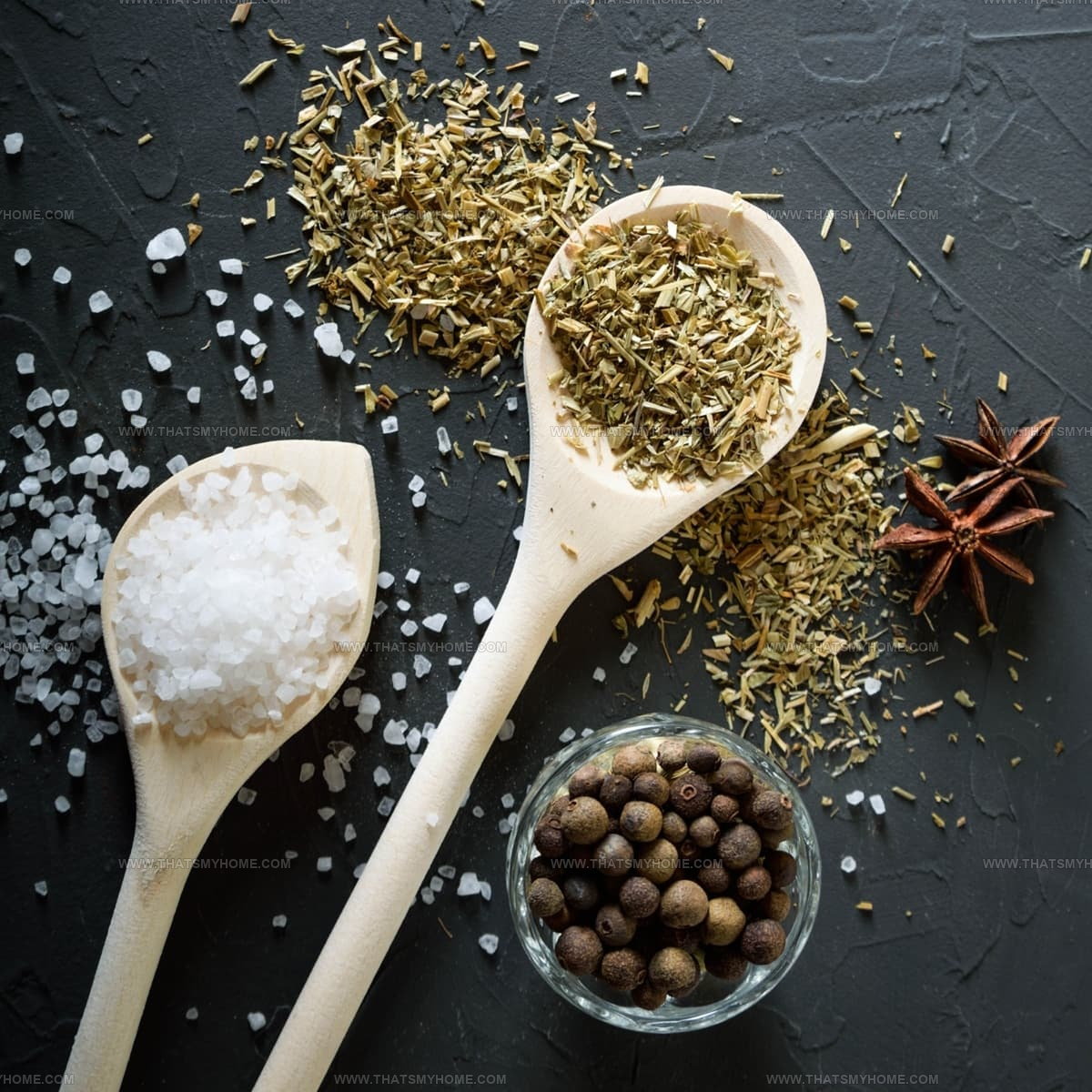
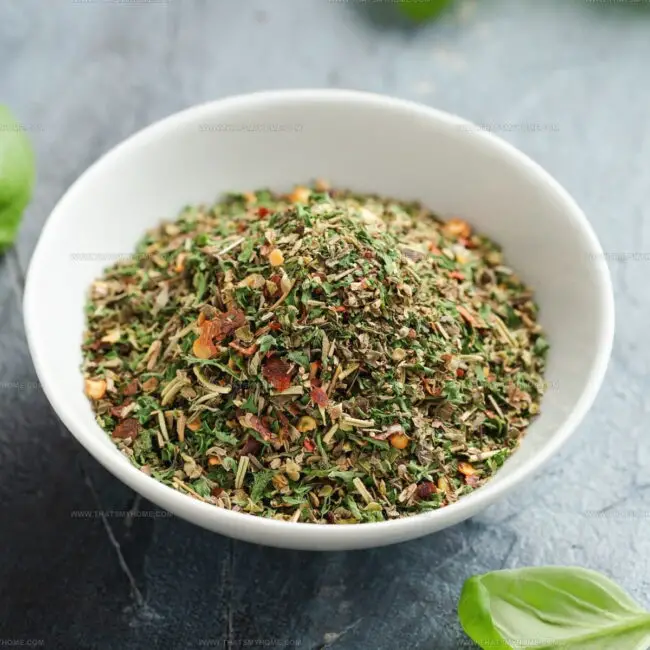


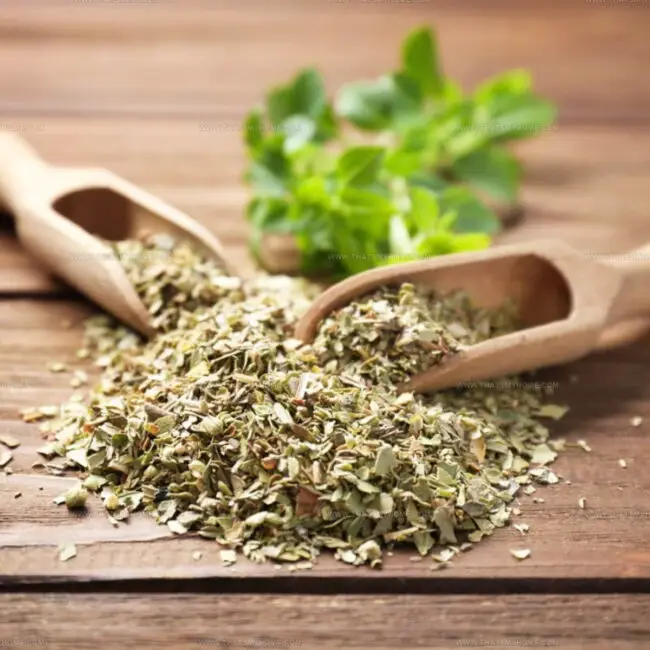
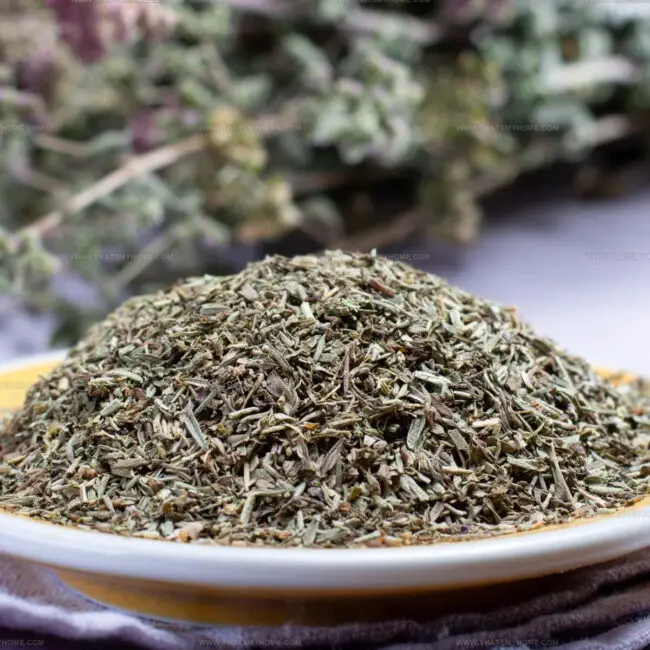
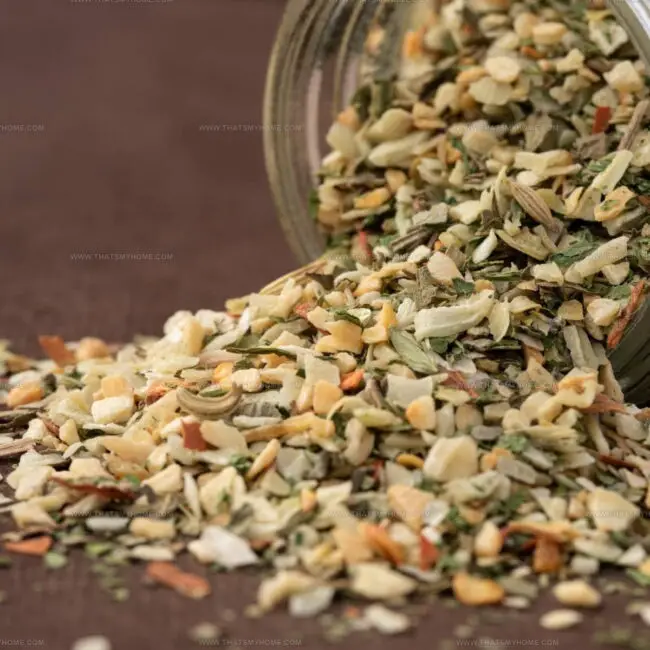
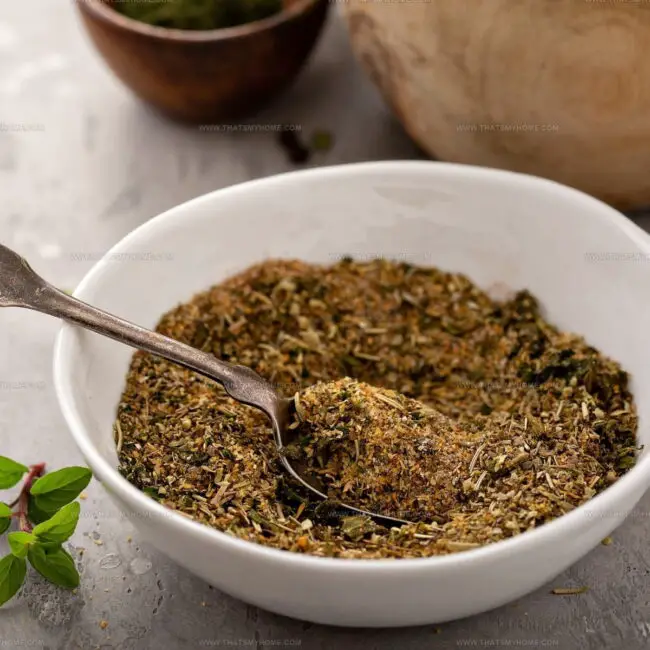
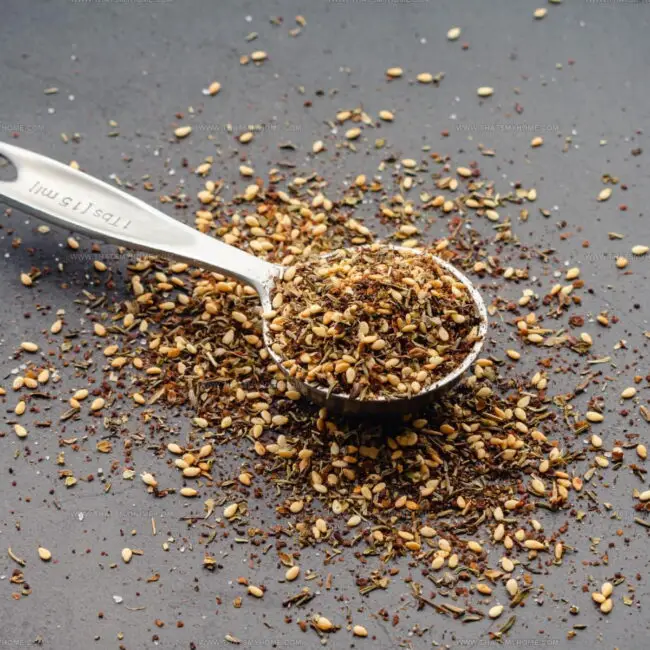
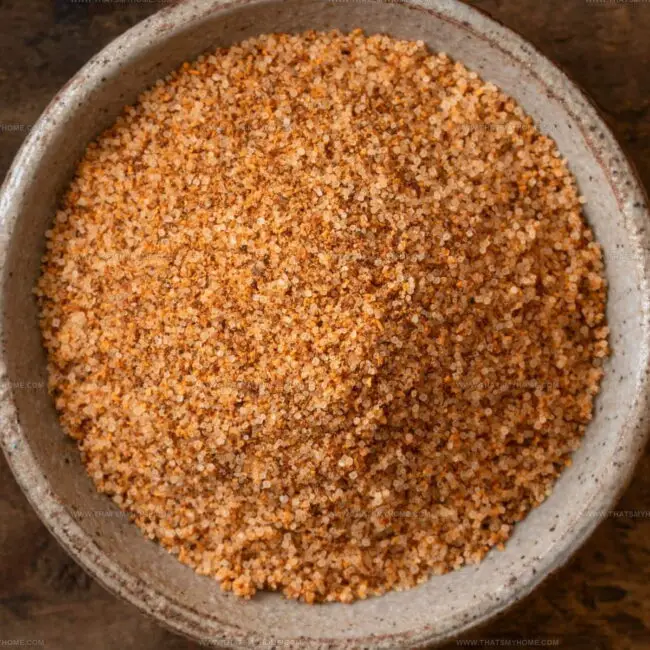

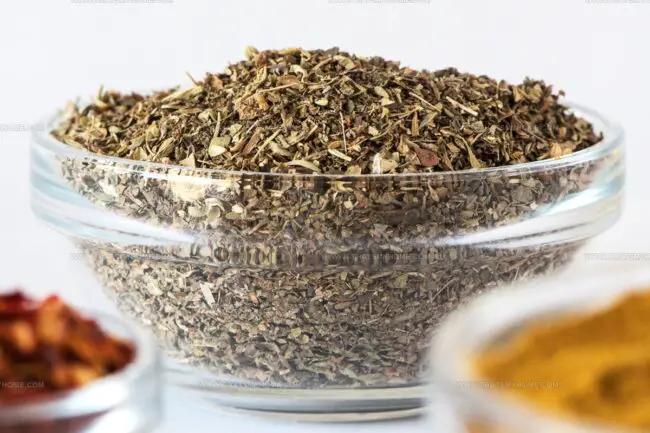
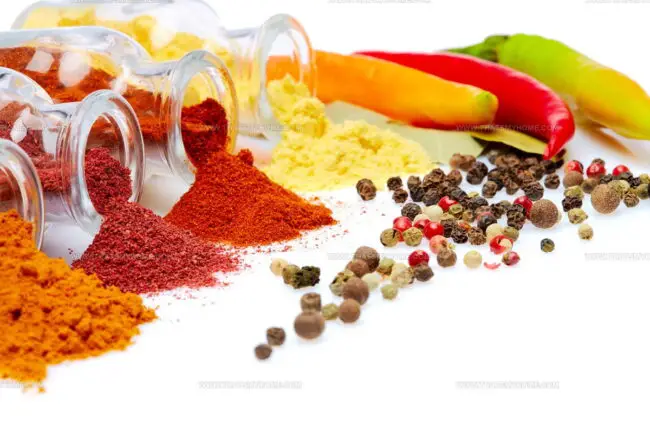
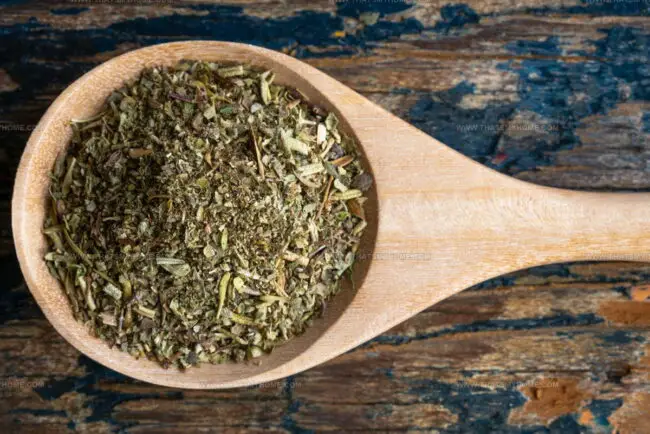
Michael Rivera
Co-Founder & Culinary Instructor
Expertise
Education
The French Culinary Institute (now part of the International Culinary Center)
Michael Rivera is a seasoned chef and culinary instructor based in San Francisco, CA. Trained in Classic Culinary Arts at The French Culinary Institute, he refined his skills in Michelin-starred kitchens, mastering classic French techniques and artisanal bread baking.
Passionate about making gourmet methods accessible, Michael co-founded thatsmyhome.com to share his expertise through interactive online lessons and innovative, plant-based recipes. He loves blending traditional techniques with modern ideas, encouraging home cooks to enjoy the art of cooking in a relaxed, fun environment.